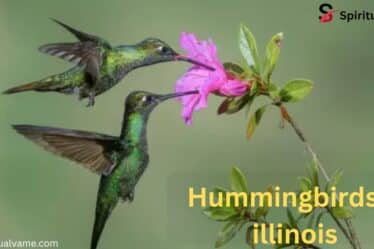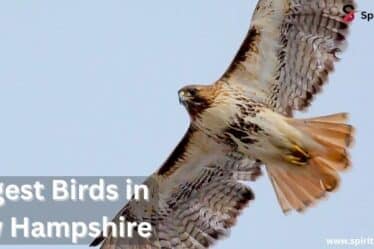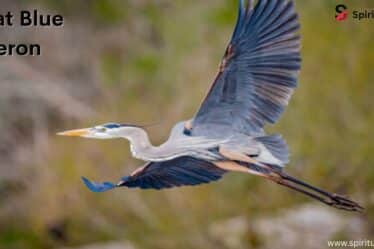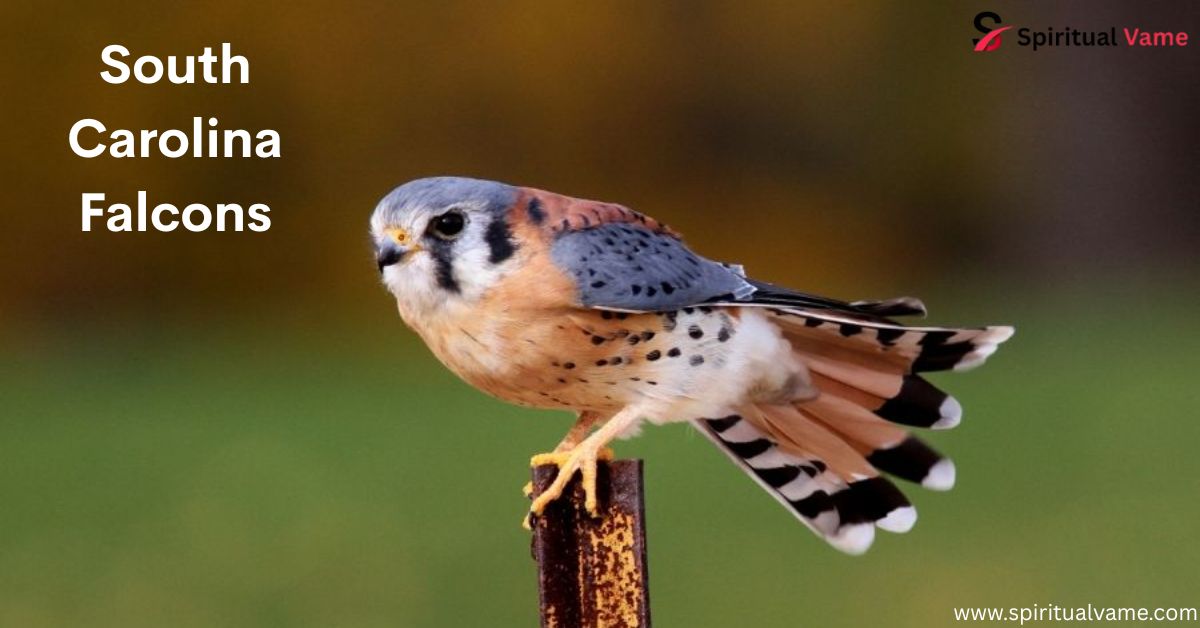
If you’ve ever looked up into the sky and spotted a fast, sharp-winged bird gliding or diving, there’s a good chance it was one of the South Carolina falcons. These birds of prey are built for speed, agility, and precision. With their sharp eyes, powerful beaks, and strong talons, they play a vital role in South Carolina’s ecosystems. In this article, you’ll explore everything about these raptors, from the way they look to the unique sounds they make. Whether you’re walking near a marsh or driving through farmland, knowing what to watch and listen for can make your outdoor experience more thrilling.
Each falcon species in South Carolina has its own look, behavior, and call. Some have bright plumage while others wear more muted colors. Some are year-round residents, while others migrate through only during certain seasons. Their calls can be sharp, loud, or even a bit raspy, depending on the species. Throughout this guide, you’ll also find photos and call descriptions to help you recognize these amazing birds more easily in the wild. Falcons aren’t just fast—they’re fascinating, and South Carolina is lucky to host a few standout species worth knowing.
List of 4 South Carolina Falcons
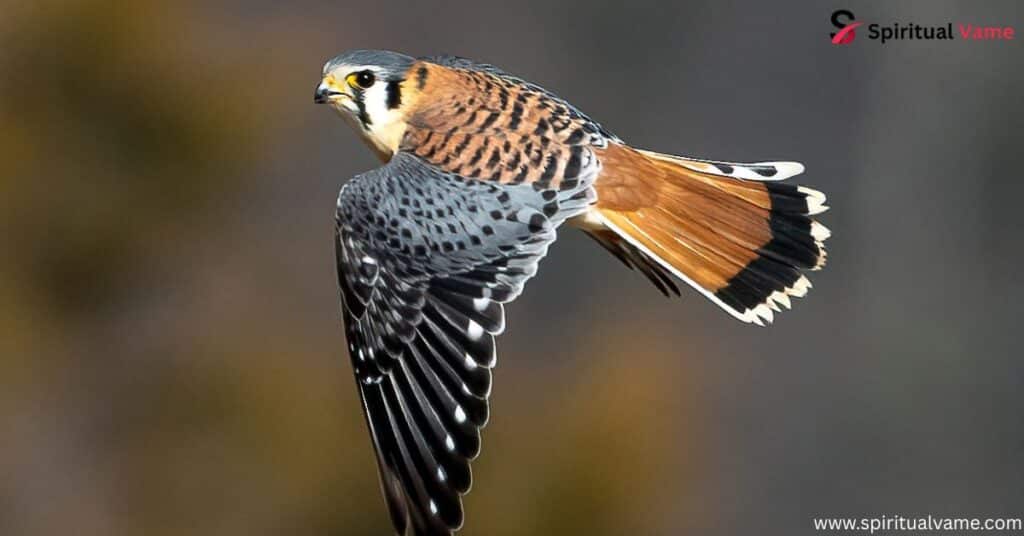
1. American Kestrel
The American Kestrel is the smallest falcon in North America, but don’t let its size fool you. This tiny hunter, scientifically known as Falco sparverius, is fierce, fast, and beautifully colored. Males have a slate-blue back and wings, while females show off more rufous plumage with dark black spots. This is an example of sexual dimorphism, where males and females look quite different. Both sexes feature the kestrel’s diagnostic facial markings—two black vertical facial bars that make them easy to recognize. Their cream-colored underparts, small wingspan, and steady hovering flight help them spot prey like insects, small rodents, and reptiles. Over the decades, their population has seen a decline, mainly due to habitat loss, but they remain widespread across open fields, especially perched along power lines.
Despite their delicate appearance, kestrels are brave hunters. You’ll often see them pausing in mid-air before diving on their prey. They don’t build their own nests, preferring cavities in trees, cliffs, or even utility poles. Juveniles resemble females but tend to be slightly duller in color. As opportunists, kestrels adapt to farmlands and even suburban areas, proving they’re resourceful and resilient. Their calls are sharp and repetitive, sounding like a quick “klee-klee-klee,” especially during flight or while defending territory.
2. Merlin
The Merlin, or Falco columbarius, is a powerful, compact falcon known for its high-speed chases and fearless attitude. It’s a migratory bird that shows up in South Carolina during winter months, often earning the nickname of Florida winter guest, though many Merlins travel just far enough south to reach the Carolinas. While not as colorful as the kestrel, Merlins are darker, with streaked underparts, banded tails, and sharp expressions. They’re fast, agile, and built for mid-air acrobatics as they dart through wooded and open areas chasing songbirds, especially warblers, finches, and sparrows. Merlins don’t build their own nests either, preferring to reuse nests of crows or hawks, which is a clever and resourceful trait.
Spotting a merlin can be a bit of a trick, as their small size and swift flight make them hard to follow. They often perch quietly on high branches, waiting for the right moment to strike. These falcons are listed as Least Concern by the IUCN due to their wide distribution and stable population, though they still face threats from habitat decline. Their flight call is a rapid series of short “kik-kik-kik” sounds. Even though they’re not always easy to find, watching a merlin in action is unforgettable—it’s like seeing a tiny fighter jet in action.
3. Peregrine Falcon
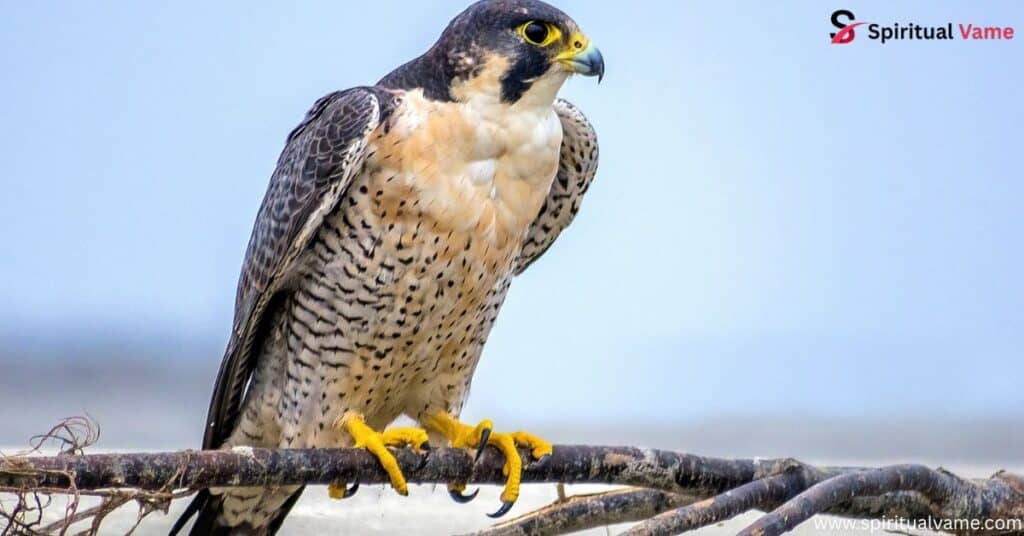
The Peregrine Falcon (Falco peregrinus) is the fastest bird in the world, capable of reaching speeds between 200–240 mph during its famous hunting dive called a stoop. Slightly crow-sized, it sports a blue-grey back, barred underparts, and a bold black head—a look that makes it easy to distinguish. This large raptor often nests on urban buildings or natural cliffs, using shallow scrapes instead of traditional nests. They mostly hunt pigeons, which can make up 80% of their diet in cities. Peregrines display strong sexual dimorphism, with females being larger than males, a common trait among birds of prey. There are around 18–19 subspecies of peregrines globally, making them a cosmopolitan species with widespread presence across continents.
The recovery of peregrines is one of the greatest success stories in bird conservation. Once endangered due to DDT pesticides, their numbers plummeted until captive breeding programs and methods like hacking brought them back. They’re now listed as Least Concern (IUCN LC) and protected under CITES Appendix I (CITES A1). You can find them along coastal marshes, rivers, and tall bridges in cities like Charleston. Their rapid dives and striking appearance make them a thrill to watch. They also have a loud, raspy call used during courtship and territory defense. Modern birdwatchers even track peregrines using nest cams, which offer a front-row seat to their nesting habits.
4. Crested Caracara
Though not a true falcon, the Crested Caracara (Caracara cheriway) occasionally makes appearances in South Carolina, especially in the coastal marshes and open savannas of the Lowcountry. This unique bird is known for its black-white-rusty plumage, long legs, and a bold feathered crest on its head. It stands out with its slow, almost vulture-like flight and scavenger lifestyle. You might find one perched on utility poles or roaming near roadsides in search of insects, reptiles, mammals, and especially carrion. Its wide diet reflects its opportunistic nature, making it a fascinating bird to observe.
While Crested Caracaras are more common in Florida, they’ve been documented in South Carolina as accidental visitors. These falcons live up to 20 years and prefer to build large-tree nests in open habitats. Caracaras are often added to state lists as jurisdictional species, with sightings becoming more regular. Protecting their habitats and promoting conservation is important, especially as development threatens the areas they favor. Their vocalizations include harsh, rattling calls that are easy to pick out once you’ve heard them.
3 Types of Falcons That Live in South Carolina
South Carolina is home to a dynamic trio of falcons that showcase power, speed, and variety. While the Crested Caracara and Prairie Falcon are considered accidental or rare visitors, there are three falcons you can count on seeing more frequently in the Palmetto State. Each species has adapted to life in different habitats, from wide fields to busy cities. Their sharp eyes, curved beaks, and incredible flight skills make them unforgettable, whether you spot one hovering over a pasture or racing between buildings in a cityscape.
These falcons aren’t just fascinating to watch—they’re important indicators of ecosystem health. Whether it’s the small and flashy American Kestrel, the dark and daring Merlin, or the powerful and regal Peregrine Falcon, each plays a role in controlling pest populations and balancing bird communities. Learning to identify them can turn a regular walk into an exciting birdwatching adventure.
What types of falcons can you find in South Carolina?
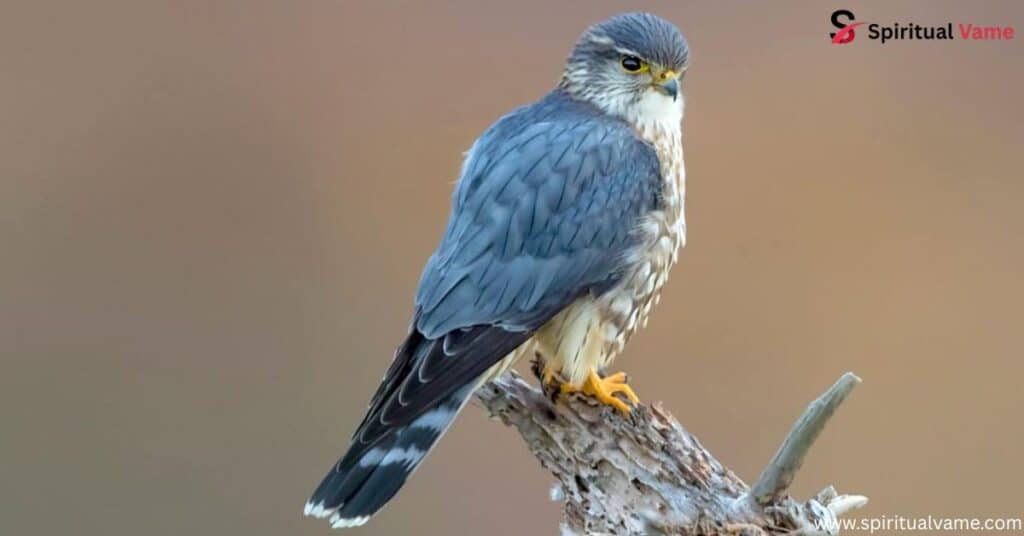
You might be surprised by how many falcons live in South Carolina. They fly through marshes, soar above city skylines, and hunt in the open country. Falcons in this region range from tiny to large, colorful to stealthy. Their unique skills, from hovering to rapid dives, make them stand out in the sky. These birds are well adapted to different settings, which is why you might see them near farmlands, lakes, forests, or urban rooftops.
Understanding these falcons isn’t just fun—it’s useful. When you know their favorite hunting grounds or hear their distinct calls, you start to connect more with the natural world around you. Knowing what to look and listen for helps you appreciate the rich birdlife South Carolina has to offer.
Falcons of South Carolina
American Kestrel
Bright and bold, the American Kestrel can be easily recognized by its two black vertical facial bars, cream-colored underparts, and rich mix of rufous and slate-blue plumage. It’s also the smallest falcon in North America, which helps narrow it down when spotting birds in flight.
Range
They are year-round residents in much of the state, especially in open areas, fields, and rural landscapes. Their ability to thrive in human-modified habitats helps them stay visible across South Carolina.
Diet and Foraging Habits
They primarily hunt insects, small rodents, and even lizards. Their hovering flight is an iconic hunting method—pausing mid-air to locate prey before diving.
Where to Find this Bird
Look along fences, telephone lines, and utility poles in places like Francis Marion National Forest or the rural Midlands. They love perches with a wide view.
Merlin
The Merlin has a stocky build, banded tail, and streaked chest. They lack bright colors, but their fast movements and sharp eyes make them easy to spot if you’re lucky.
Range
Only seen in South Carolina in winter, typically from late October to early spring. Look for them in open country and along the coastline.
Diet and Foraging Habits
They prefer eating small birds, using surprise attacks and high-speed flight to overwhelm flocks like sparrows and warblers.
Where to Find this Bird
Spotted around Congaree National Park and other preserves during migration, they’re often perched and watching from high vantage points.
Peregrine Falcon
The Peregrine Falcon has a blue-grey back, bold black head, and barred underparts. Larger than other falcons, its regal look is unmistakable.
Range
Mostly seen during migration, especially in urban and coastal areas. Some may spend the winter in the state.
Diet and Foraging Habits
Pigeons are their favorite, making up to 80% of their diet in cities. Their stoop hunting method is unique and incredibly fast.
Where to Find this Bird
You might see them in Charleston, Myrtle Beach, or even on tall bridges and buildings where they perch and hunt.
Conclusions
South Carolina falcons are some of the most thrilling birds to observe in the wild. Whether it’s the tiny kestrel hovering over a field, the silent merlin perched in winter, or a peregrine slicing through the sky at over 200 mph, each falcon brings something exciting and essential to the landscape. By learning their behaviors, habitats, and calls, you’re more likely to spot them—and help protect them. These raptors are more than birds—they’re part of South Carolina’s natural heritage. Keep your eyes on the sky, because any moment could turn into an unforgettable falcon encounter.

